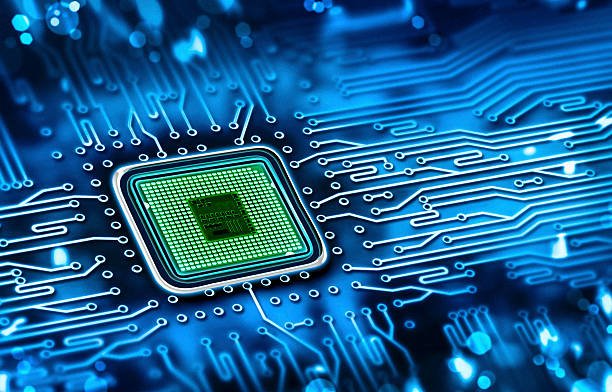
Unlocking the Future: Computational Power in Electric Vehicles
A crucial aspect of electric vehicles is their computational power, measured in TOPS (Tera Operations Per Second).
In a traditional gasoline car, the vehicle design revolves around the engine. A high-displacement engine is a hallmark of a high-end car. However, in smart electric vehicles, manufacturing a high-power motor is much easier than an equivalent internal combustion engine. This makes it hard to differentiate vehicles based on power alone.
This is where computational power comes into play. In smart cars, the vehicle architecture is increasingly centered around the chip, and the level of computational power becomes a standard for measuring the degree of intelligence in the vehicle.
To understand this better, let’s go back to basics:
Do you think the cost of a car has increased or decreased when moving from gasoline to smart electric vehicles? Here are some numbers. According to research, a 2025 L3 autonomous driving electric vehicle from a luxury brand has material costs $6,000 higher than a 2019 L1 assisted driving vehicle. So, if automakers want to price electric cars competitively with gasoline cars, they must find ways to reduce costs elsewhere.
Besides hardware materials, one significant area for cost reduction is the car's numerous chips. Traditional cars have an electronic control unit (ECU) for each component, provided by different suppliers, making them incompatible with each other. Missing one ECU can disable a car function. However, if a central controller manages the central console, panoramic camera, and infotainment system, the number of ECUs is greatly reduced, and costs drop accordingly.
Research shows that centralized controllers can reduce material costs by nearly 38% compared to distributed controllers. This cost-saving drives automakers to adopt centralized controllers, which require high computational power. Consequently, cost reduction is a straightforward motivation for automakers to seek higher computational power.
Car hardware and software will gradually separate. What users receive will not be a fixed-function product but a continuously evolving machine. Throughout its lifecycle, the hardware platform must support ongoing software upgrades, meaning it needs ample computational power from the start.
It's no exaggeration to say that chips are the digital engines of smart cars. Just as automakers once valued engine horsepower, they will now prioritize chip computational power.
However, just as a car's horsepower doesn't solely determine its speed, computational power alone doesn't determine performance. Effective performance depends on software algorithms. Different processors have different strengths: CPUs handle basic arithmetic, GPUs manage parallel computing tasks, and ASICs accelerate specific tasks.
Many electric cars now use NVIDIA's autonomous driving chips, which offer 254 TOPS per chip, with up to four chips combined for 1016 TOPS. Despite these impressive numbers, GPU-dominated chips have about 30% real computational efficiency. Tesla's FSD chips, which use more ASICs, achieve about 55% efficiency in autonomous driving. Therefore, chip performance isn't just about raw computational power but also about the synergy between hardware and software. High computational power without good software is wasted.
Given the exponential growth in data processing needs, automakers have a strong incentive to develop their own chips. Custom chips designed around their proprietary algorithms can significantly improve computational efficiency compared to off-the-shelf solutions. As their autonomous driving algorithms mature, automakers will likely pursue custom chip development.
In summary, evaluating an electric vehicle from the perspective of computational power is quite reasonable—except perhaps when it comes to Tesla.





